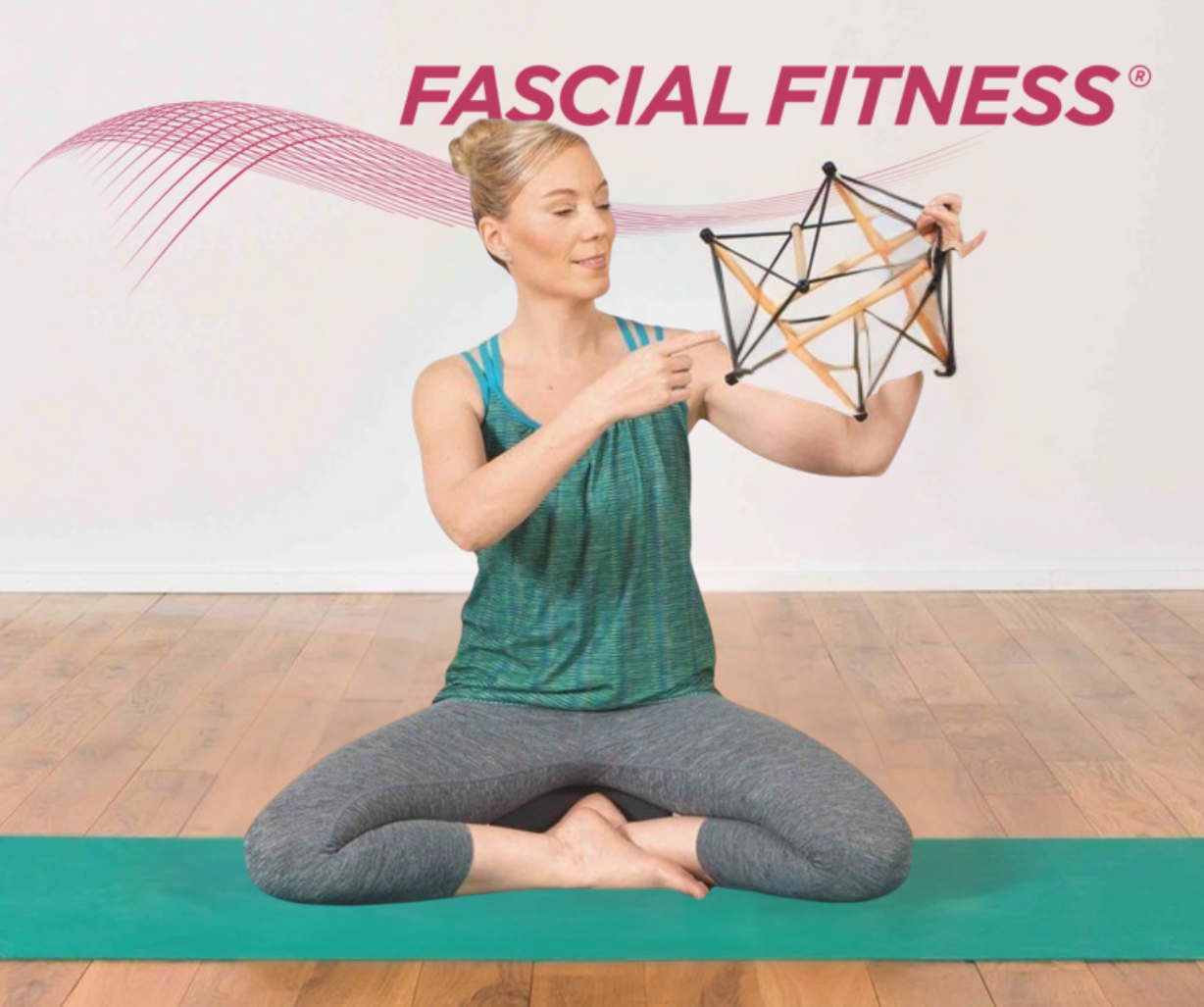After we have taken a look at what fascias is, it should be about fascia training. But before that, the question remains: Are fascias even trainable?
It may seem self-evident to some. But no fact follows from a plausible conceptualization. Leading sports scientists have long debated the topic. With the second CONNECT Congress Ulm on connective tissue in sports medicine, one can assume a consensus.
We approach the question in four steps. And as always a little popular science.
Wordmaking
There are many terms that end in “training”. Sometimes the word begins with a sports motor skill, e.g. Strength training, endurance training, coordination training, mobility training, speed training. Sometimes it is about concrete sports (football training, swimming training) or the rough objective (athletics training). Or it describes which aids are used, such as barbell training or kettlebell training.
Another category is body regions, body functions, body systems. Think of pelvic floor training, breathing training or fascia training. Because as explained in the previous article, I use the word “fascia” in the sense of the fascial system.
So it’s about training the fascial system. Training, in turn, means ‘sporty training’. And that is clearly defined. In the article about functional training, I had adapted the definition as follows:
… a targeted, planned and systematic action process to increase physical performance through structural and functional adaptation symptoms of the organism due to repeated, swelling stress stimuli.
So if we want to know whether fascias can be trained, we have to see if specific burdens are too specific…
Adaptation reactions of the fascial system
… lead.
Let’s start with a little history. The Berlin surgeon Julius Wolff described in 1892 in “The Law of the Transformation of Bones” that the strength of bony structures increases with regular stress or the bone is broken down in the absence of stress. All well and good. But what does this have to do with fascia? We had excluded bones.
With insights into cellular reactions to mechanical stimuli (mechano transduction), this Wolffian law experienced a refinement to the so-called mechanostat model of the American surgeon Harold Frost in the 1960s.
He initially also described the adaptation reactions for bones, but transferred the concepts to collagen connective tissue in general. Interestingly, Henry Gasset Davis had already described such a thing for tapes in 1867. In his honor, therefore, Davis’s law is spoken of “in the fascia world”.
But how does this express itself in concrete terms? For example, babies are born not only with soft skin, but with very soft, well-watered connective tissue. The fascial envelopes of the thighs (fascia lata) are also uniformly soft. With the way over crawling into the stand and the bipedal aisle, this changes. On the outside of the thighs, the fascial structures thicken and solidify into a tight, very tensile connection from the intestinal bone to the tibia: the tractus iliotibialis. The stress changes the tissue.
Interestingly, there are also people who develop firmer tissue structures on the inside of the thigh: riders. The reason is certainly easy to understand.
Conversely, it is known that immobilization (e.g. in a plaster dressing or couch potatoes) leads to a “felt” of the fascial structures. The lack of movement prevents optimal alignment of the collagen fibers. This negatively changes the mechanical properties of the structure.
Study examples
But let’s get back to movement. For hopping, for example. This is a matter of course for children. But what happens when you let older gentlemen jump? After 11 weeks of progressive bouncing training, they jump higher with shorter ground contact time. Well, logically. It is interesting, however, that this improvement was hardly induced by muscular changes, but by increased stiffness of the fascial shells of the calf muscles and greater energy storage capacity of the Achilles tendon. Bouncing therefore primarily leads to fascial adjustments. And that also in old age.
Would there have been adjustments by calf lifting? Yes. But others and only with sufficiently high load. Strength training exerts rather even pull on the tendons involved. The stiffness increases, i.e. the resistance to deformation by the train. This improves the power transmission properties. So is strength training fascia training? More on this below.
Who has read carefully: with sufficiently high load. Without exceeding an stimulus threshold, no adjustment takes place. And this seems comparatively high with fascial tissue. But once exceeded, the mechanisms get underway. A further load increase does not seem to have any additional effect. Sometimes you use the image of a toggle switch. Once folded is switched on. If you feel like scientific literature here, you will find it at Arampatzis et. al.
A great study was presented by Nosaka and Lau (Cowan University) at the Fascia Research Congress 2018 in Berlin. They investigated the reaction to 10 sets with 6 repetitions maximum eccentric training of the arm flexors. It seems obvious that you don’t get big muscles from one workout. And yet. The fascial shells of the biceps brachii M. thickened twice within 5 days of training. Even after four weeks, this thickening was still present. The fascia reacted immediately and clearly.
Original criticism
All of this may sound very plausible now. Where did the original skepticism come from? The main criticism in most cases was that fascias cannot be trained in isolation and therefore fascia training cannot exist. First of all, the observation is correct. The fascial system needs movement and this cannot be created, for example, without muscle activity.
However, the argument not only reveals the outdated understanding that the fascias are anyway only “useless” shells and are also moved along. It has a decisive weakness: Every kind of movement involves different systems. Thus, the cardio-vascular system is also strained during strength training and a marathon runner uses his muscles.
But no one will expect a runner to suddenly shine in the power triathlon or a bodybuilder to win an Ironman. Why? Specific stimuli in strength training ensure an increase in strength, the effect on “endurance” is minimal and not the primary training goal. Analog for the runner. This is the famous SAID principle: Specific Adaptations to Imposed Demands.
We have seen that the fascial system responds to specific irritation with structural adjustments. Of course, strength training affects the fascial system, but it can be focused even more on the fascia. Endurance training can also be made more fascinating.



